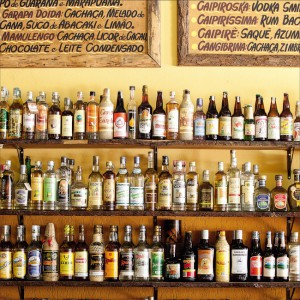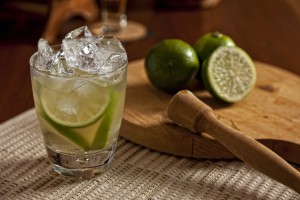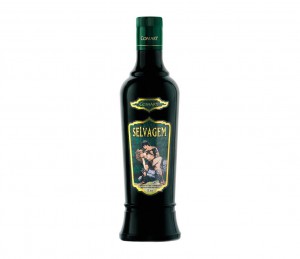Brazilian Drinks Posted by carol on Dec 18, 2015 in Brazilian Profile, Culture, Customs
Eating and drinking habits are intrinsically tied to a country’s identity, culture and tradition. Bebidas (Drinks) that have their origins in Brazil are portanto (therefore) deeply connected to our history. Since the holidays estão chegando (are coming up), what better occasion to introduce you guys to the most typical and widely consumed Brazilian alcoholic beverages?
It is important to note that the three drinks chosen for this list are not traditionally consumed over the holidays, but the spirits of festivities is a great opportunity to show you what Brazilian drinks are commonly enjoyed at parties. And who knows? It might even work as an inspiration for New Year’s.
Cachaça
The cachaça – pronounced ka-sha-sa (also known as pinga) is a distilled spirit derived from sugar cane. It may be compared to rum, but the main difference is that rum é feito de (is made from) molasses enquanto (whereas) cachaça comes directly from distilled and fermented sugar cane.
The cachaça production is directly related to the sugar industry and economic development in the country, dating back to the period of colonization in the 16th century. It was initially drunk by slaves, but as its quality significantly melhorou (improved), it soon became popular and broadly accepted in every segment of society. When the Portuguese government prohibited its consumption during the colonial rule, drinking cachaça turned into a symbol of patriotism.
Indisputably a mais consumida (the most consumed) distilled beverage in the country by far, two varieties of cachaça can be found: Gold and white. Gold comes in more amber shades and it is aged in wood barrels. The white one is not aged, thus it is usually mais barata (cheaper). The alcohol by volume varia de (ranges from) 38% to 48%. Among its most popular marcas (brands) are 51, Ypioca and Pitú.
Caipirinha
The most popular cocktail in Brazil, the beloved caipirinha (literally translated as “little hillbilly”, and pronounced as kye-peer-een-yah), is a national drink and has an immense cultural value. Its ingredients are: cachaça (the white variety is better for this purpose), cubos de gelo (ice cubes), açúcar (sugar) and lime wedges.
Legend has it that caipirinha was initially intended as a flu medicine (also including garlic and honey in its original version), but as its fame began to spread, it quickly moved from bedside tables to bar tables. As of 2003, a law was passed by president Lula and caipirinha became the official Brazilian drink.
Some variation may be found, substituindo (replacing) the cachaça for vodka, rum or even sake or using morango (strawberries), abacaxi (pineapples) and kiwifruit instead of lime. But if you’re in for the authentic experience, stick to the original version and you won’t be disappointed.
Catuaba
Catuaba is an indigenous herb known to have medicinal properties. Its qualities were discovered by the Indians centenas de anos atrás (hundreds of years ago). The plant’s benefits include treating fatigue and insomnia, but it is most notorious for its allegedly sex-enhancing results that naturally heighten sexual performance.
As a drink, catuaba is famously recognized as a wine-infused drink with a very sweet, sugary taste, composed primarily of vinho tinto (red wine), a catuaba infusion and guaraná (another Brazilian plant). The drink is easily available in most supermarkets and its alcohol content is 16,6%. The catuaba’s appeal lies mostly at its comparably low-cost and supposedly aphrodisiac effects, making it very popular at parties and festivals. Since the alcoholic version contains other substances, it should be avoided if one is looking exclusively for the health benefits offered by the plant itself.
Divirta-se e beba com moderação! (Have fun and drink responsibly!)

Build vocabulary, practice pronunciation, and more with Transparent Language Online. Available anytime, anywhere, on any device.






